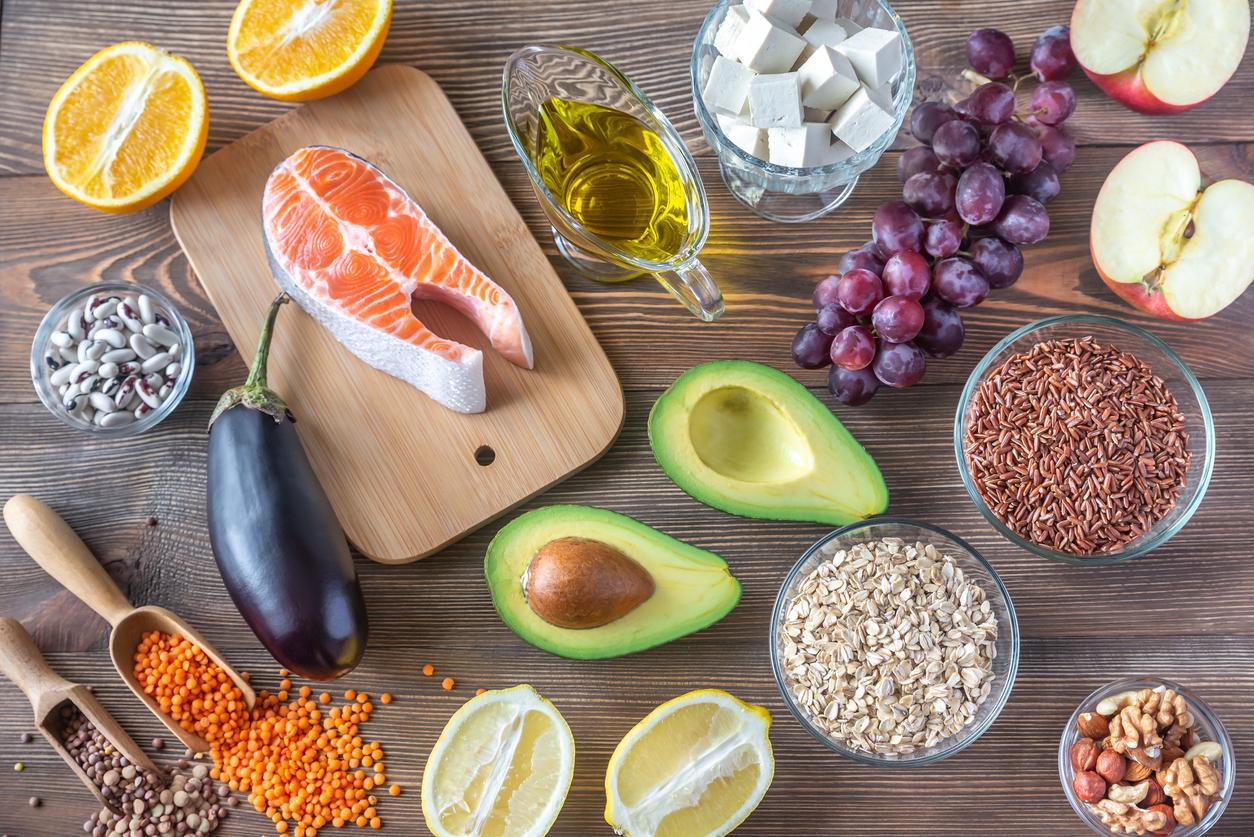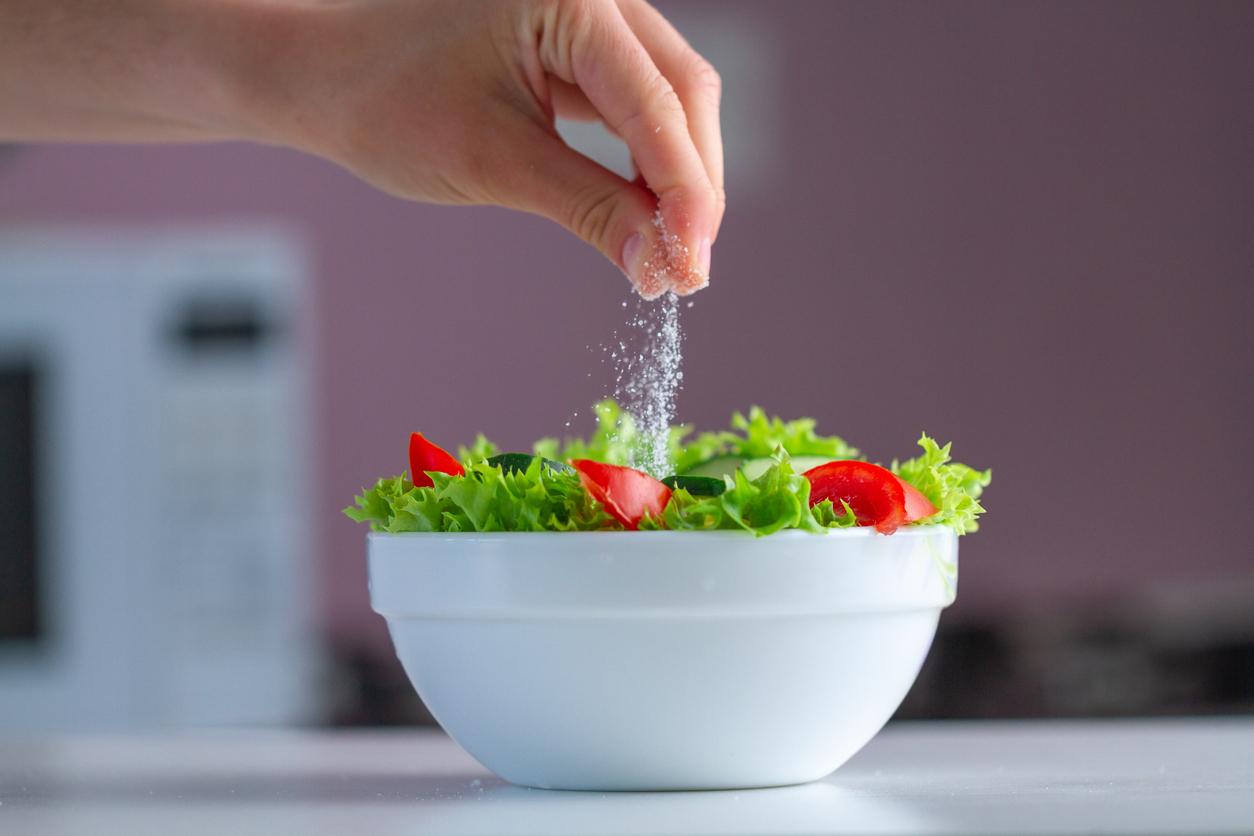“Bad” cholesterol found in foods high in saturated fat increases the risk of heart attacks and strokes. However, certain foods can lower cholesterol levels. Why doctor takes stock.

- LDL cholesterol, commonly known as “bad cholesterol”, increases the risk of heart attacks and strokes.
- Certain foods help reduce bad cholesterol.
- Foods rich in fiber, antioxidant foods, those rich in omega-3 and 9 as well as those low in saturated fatty acids help fight bad cholesterol.
Cholesterol is a fatty substance naturally present in the body. Contrary to popular belief, it is vital for our health. For example, it participates in the construction of cell membranes, particularly nerve cells and the brain. It also plays a role in the production of various hormones and vitamin D. For this, it must be of good quality and not exceed a certain level which would increase cardiovascular risk.
“Bad” cholesterol increases cardiovascular risk
Cholesterol comes in two forms: “HDL-cholesterol”, called “good cholesterol”, which has a beneficial effect on cardiovascular diseases and “LDL-cholesterol”, also called “bad cholesterol”, which causes the accumulation deposits on the walls of the arteries (atherosclerosis). This LDL cholesterol increases cardiovascular risk: over time, these deposits cause blood platelets to aggregate, thus forming a clot. Fibrous healing then occurs. As periods of ulceration-healing progress, the atherosclerotic plaque thickens, absorbs cholesterol and narrows the lumen of the artery, which can then become blocked, leading to myocardial infarction or ischemic stroke. . This bad cholesterol can also block an artery located in the legs, intestines or kidneys.
A diet rich in cholesterol and animal fats (butter, fatty cold meats, cheese, etc.) increases the level of LDL cholesterol. However, it can be reduced by choosing a healthy diet. It is even possible to fight against bad cholesterol by consuming certain foods.
Favor foods rich in fiber to control blood cholesterol
Fruits, vegetables, whole grains (wheat germ, barley, oats, brown rice, rye, etc.), dried fruits (figs, prunes, etc.) and legumes (chickpeas, beans, white beans, lentils, etc.) are excellent sources. fiber, soluble (to control blood cholesterol levels) or insoluble (to clean the intestines and avoid constipation). The soluble fiber in these foods decreases fat absorption and produces a feeling of fullness.
Antioxidant foods protect the arteries
Fresh vegetables and fruits are good sources of antioxidants because they contain vitamins C and E, beta-carotene, carotenoids and polyphenols, protecting artery walls by reducing or preventing the oxidation of cholesterol. To lower bad cholesterol, you should favor carrots, spinach, fennel, green cabbage, chard, apricots, as well as peppers, lemons, kiwis, lychees and strawberries. Pecans and dried beans are also sources of antioxidants.
Omega-3 and 9 fight excess LDL
Omega-3 and 9 help fight excess LDL cholesterol. They can be found in the “good” fat of certain oils (olive, rapeseed, nuts, sesame, etc.), certain fruits and vegetables (avocado, lettuce, cabbage), and fatty fish (salmon, tuna, mackerel, sardines). …) or oilseed fruits such as almonds, hazelnuts or walnuts.

Choose foods low in saturated fatty acids
Foods low in saturated fatty acids are necessary for a balanced diet and help maintain low levels of bad cholesterol. These mainly include low-fat dairy products (plain yogurt, goat or sheep cheese) and lean meats. To maintain their qualities, it is preferable to choose a cooking method without adding fat: steam, foil, wok, grill, etc.

















